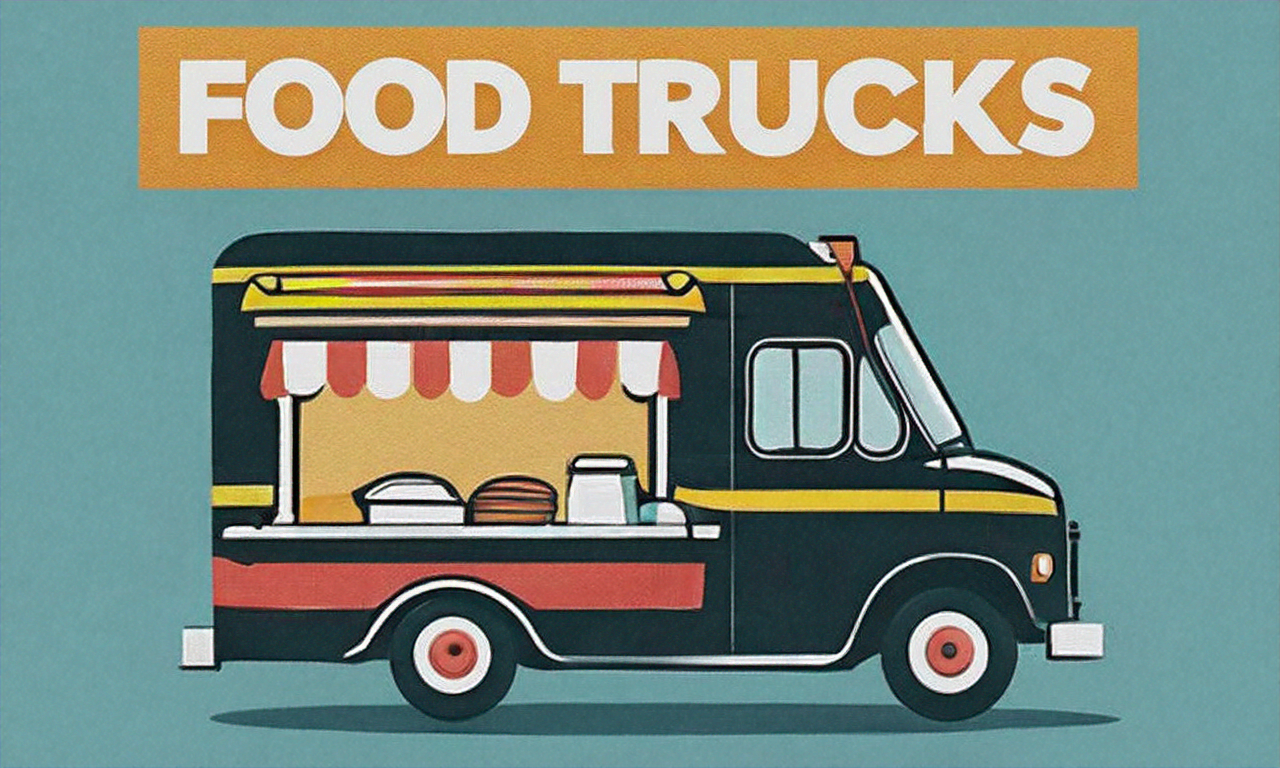Learn about Rent to Own Food Trucks and start your catering dream
Rent-to-own arrangements can help aspiring caterers and mobile food entrepreneurs get on the road without the large upfront expense of buying a truck outright. This guide explains how rent-to-own and lease-to-own models work, what to expect in terms of responsibilities and payments, and how they compare with other financing routes. You’ll also find practical tips for locating used rentals, estimating total costs, and choosing reputable providers in your area so you can plan a realistic path from idea to service window.

Understanding Rent-to-Own Food Trucks
Rent-to-own for food trucks typically functions as lease-to-own: you make scheduled payments for a fixed term (often 24–72 months) with an option to purchase the vehicle and equipment at the end for a predetermined amount or residual. Agreements vary by provider, but you’ll usually be responsible for insurance, permits, maintenance, and any required commissary access. Some contracts cover a fully outfitted truck; others finance a vehicle plus separate kitchen equipment. Terms can include mileage caps, early buyout options, and fees for excessive wear. Read the contract carefully, confirm who handles mechanical repairs, and check whether upgrades or wrap changes need pre-approval.
Advantages of Rent-to-Own
Rent-to-own can lower the initial barrier to entry by spreading costs over time. It helps preserve cash for working capital—ingredients, staffing, marketing, and surprise repairs—while providing a clearer timeline to ownership. Payments can be predictable, and some structures allow you to test a concept, gather sales data, and build business credit before committing to a final purchase. In many cases, it also accelerates launch timelines compared with saving to buy outright.
That said, the total cost of ownership is often higher than paying cash because of interest and fees. There may be restrictions on vehicle use, customization, or geographic operation set by the lessor. If the truck underperforms, you still owe payments. Compare long-term costs of rent-to-own with used purchases, SBA-backed loans, or short-term rentals to determine which model best fits your risk tolerance and growth plan.
Food Truck Financing Options
Beyond rent-to-own, several financing paths exist. Equipment financing and lease-to-own agreements are common for trucks, trailers, and kitchen buildouts, with terms typically 24–72 months and down payments that can range from 0% to 20% depending on credit and collateral. Some entrepreneurs pursue SBA 7(a) or microloans for broader startup costs such as inventory and permits; these can offer longer terms but require documentation, time, and personal guarantees. Others combine sources—personal savings, partnerships, and crowdfunding—while keeping recurring costs lean through used equipment or phased upgrades. Lenders will look at credit history, time in business, revenue forecasts, and collateral. Before signing, ask about fees, early payoff rules, security interests (UCC filings), and insurance requirements.
Finding Used Food Truck Rentals
If you want to validate your concept before a multi-year commitment, look for short-term rentals or used trucks available on flexible terms. Marketplaces and event platforms list trucks nationwide, and local commissary kitchens, culinary incubators, and restaurateur groups often know owners offering off-season rentals in your area. Inspect any vehicle with a qualified mechanic, confirm that the hood, fire suppression, propane, and electrical systems meet local code, and verify that the truck’s VIN matches title records. Ensure it can pass health, fire, and parking standards in each city where you plan to operate, and confirm that your commissary contract meets local requirements before signing a lease.
Real-world cost and provider examples can help you benchmark budgets. The figures below are illustrative estimates based on typical ranges and publicly available offerings; always request written quotes.
| Product/Service | Provider | Cost Estimation |
|---|---|---|
| Lease-to-own financing for a new or used food truck | Ascentium Capital | Estimated $1,700–$3,000 per month for $85,000–$150,000 financed over ~60 months; actual payment depends on rate, term, and credit. |
| Equipment lease-to-own (trailers, carts, onboard gear) | TimePayment | Roughly $150–$1,000+ per month depending on equipment cost, credit, and term length. |
| Used food truck listings with financing options | UsedVending.com | Many trucks listed between $50,000–$120,000; estimated $1,000–$2,500+ per month over ~60 months depending on down payment and rate. |
| Short-term food truck rentals for events and campaigns | Roaming Hunger | Day rates commonly $1,000+ plus service minimums; long-term rentals vary by market and customization needs. |
| Mobile kitchen rentals (temporary or seasonal) | American Mobile Kitchens | Weekly rentals often $2,000+ depending on configuration, location, and duration. |
Prices, rates, or cost estimates mentioned in this article are based on the latest available information but may change over time. Independent research is advised before making financial decisions.
A practical budgeting framework combines the truck payment (or rental), insurance, permits, commissary fees, fuel, maintenance, and a reserve fund. Many operators allocate a contingency of 10%–15% of monthly sales for repairs and replacements. Keep your POS, food costs, and staffing lean early on, and document sales data to strengthen future refinancing or buyout negotiations.
A well-structured rent-to-own plan can serve as a bridge from idea to ownership, especially when paired with careful due diligence and honest revenue projections. By comparing financing paths, validating demand with short-term rentals, and maintaining strict cost controls, you can choose a path that fits your timeline and risk profile while laying groundwork for a sustainable mobile food business.




